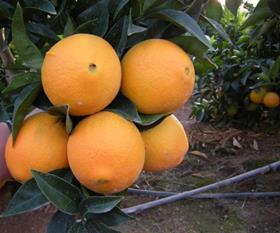
Following the opening up of the market in recent years, the US is now one of the most important destinations for Chilean navel oranges, and especially for clementines and mandarins.
With the support of importers, retailers, wholesale and foodservice providers, the Chilean Citrus Committee of the country's exporter association (ASOEX) will this year organise promotional activities in the US and Canada, focusing on the availability of fresh summer citrus from Chile.
'This year we will run promotions in the US and Canada for Chilean oranges, clementines, mandarins and lemons,' Juan Enrique Ortúzar, president of the committee, tells Fruitnet.
The sector's merchandising team is contacting key US and Canadian retailers to offer point-of-purchase (POP) materials, as well as organising action plans designed to promote Chilean citrus in-store through display contests and POP price cards.
'Meetings have been scheduled with all of the key retailers in the US and Canada for the start, peak and end of the season,' Ortúzar says. 'We're also aligning promotional objectives and activities in consultation with the Consumer Affairs Directors of our main retail partners. The objective is to ensure that our customers are fully aware of the arrival of fresh summer citrus from Chile.'
Ortúzar notes that the US market has been able to 'easily' absorb all of the citrus from Chile in the last couple of years. 'Demand continues to considerably outstrip supply, so the intention is to get current consumers to use citrus more often,' he explains. 'Chilean citrus growers are making a substantial investment to help continue the dramatic rate of market growth for Chilean citrus in North America.'
The Chilean Citrus Committee's initial forecasts predict that global Chilean orange exports could increase by 15 per cent in comparison with last season, reaching a total 60,775 tonnes.
With respect to global exports of clementines, the forecast is for an expected 10 per cent decrease in comparison with last season, reaching 26,727 tonnes, while mandarins are expected to increase by 10 per cent and reach 11,560 tonnes.
Meanwhile, lemon shipments will decrease slightly because of a strong domestic market, which has been strengthening in recent seasons – providing liquidity and greater stability for producers, particularly in view of the poor exchange rate between the Chilean peso and the US dollar.



